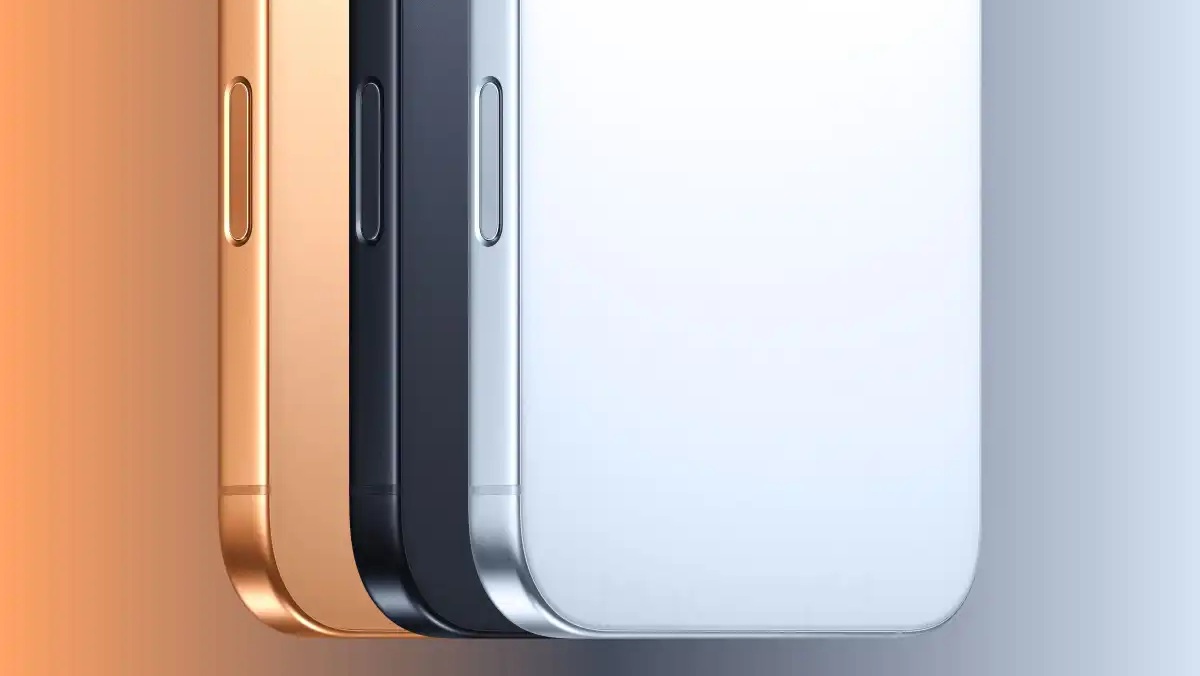Apple is gearing up for its big iPhone 17 launch this September, with production already in full swing. This year, the lineup is expected to include four models, featuring the new iPhone 17 Air, which replaces the traditional ‘Plus’ version. 
While design and specs have been widely discussed, fresh insight has emerged revealing all the color options Apple might offer for these devices.
According to an “internal document” reportedly obtained by Filipe Exposito from Macworld, Apple’s upcoming iPhone 17 series will come in a total of 15 distinct color options across the models. The standard iPhone 17 and the ultra-thin iPhone 17 Air will each have their own unique palette, while the iPhone 17 Pro and Pro Max will share the same colors.
For the iPhone 17, the classic Black and White shades remain, alongside fresh new hues like Steel Gray, Green, Purple, and Light Blue. These colors aim to keep the familiar safe bets but add a vibrant twist to the range.
The iPhone 17 Air is set apart with a different set of colors: White, Black, a lighter shade of Blue compared to the standard model, and Light Gold-rumored to be similar to the Desert Titanium finish seen on last year’s iPhone 16 Pro, though details here are still scarce. This distinct palette might highlight the Air’s unique, ultra-thin design and set it apart from the base and Pro models.
When it comes to the iPhone 17 Pro and Pro Max, the colors include Black, White, Gray, Dark Blue, and Orange. The Gray is expected to lean towards a Natural Titanium look, while Dark Blue and Orange will be standout options likely to catch users’ eyes. These colors are said to feature a dynamic dual finish that changes depending on lighting angles, adding an extra touch of elegance and uniqueness.
Multiple sources have echoed similar color schemes for the new iPhones, lending credibility to this leak. Still, Apple has yet to confirm these options officially, so it’s wise to stay cautious until the official unveiling.
In an era where phone displays have evolved rapidly, some users have expressed frustration that Apple still releases phones with only 60Hz screens, especially when many budget Android phones now offer at least 90Hz refresh rates. This raises expectations for Apple to match or surpass these standards soon.